I’m growing Purple Haze and I’m wondering what the best techniques are for training this strain. Should I top or FIM my plants, and how often should I train them? Also, what are some common mistakes that growers make when training Purple Haze?
One answer “What are the best techniques for training Purple Haze?”
Leave a Reply
You must be logged in to post a comment.


Training your Purple Haze plants can be daunting yet rewarding, so here are a few tips and tricks to ensure success.
The most important part of training your Purple Haze plants is knowing when to start. Generally, you should wait until the plant is 2-3 weeks into the vegetative stage before starting any sort of training. You don’t want to start training too early or the plants won’t be strong enough to handle it.
When it comes to training, topping and FIM (Fimming) are the two best techniques that are applicable to the Purple Haze plant. Topping involves trimming off the top of the plant, so the energy and growth is focused on the side branches. This results in a bushier plant with multiple colas that are better suited for cultivating. Fimming, on the other hand, involves cutting the apex at an angle, resulting in four new growth points instead of two.
When training, be sure to use sharp, sterilized scissors and trim only healthy branches. It’s best to do training after the lights have gone off, as this will reduce the amount of stress your plants experience. You should also wait about 3 days after pruning before feeding again in order to give the plant time to recover.
It’s also important to be patient and not over-train. Although your Purple Haze plants will be extra resilient, you should avoid training them too often. Once every 2-3 weeks is a good rule of thumb. Over-training can lead to stress and jumbled growth, thus hindering potential yields.
Lastly, a common mistake when training Purple Haze is not pruning the right sections. Be sure to prune the right branches; the large, strong stems and branches. Small, mop-like growth should be left alone. Additionally, new growth isn’t always stronger, and thus should be left alone. Prune only what is necessary and be sure to take into account the direction the branch is pointing.
In conclusion, when training Purple Haze understand when to start, which techniques to use, how often to train, and how to avoid common mistakes. If you follow these tips, your Purple Haze plants should produce an abundance of sweet and succulent buds!